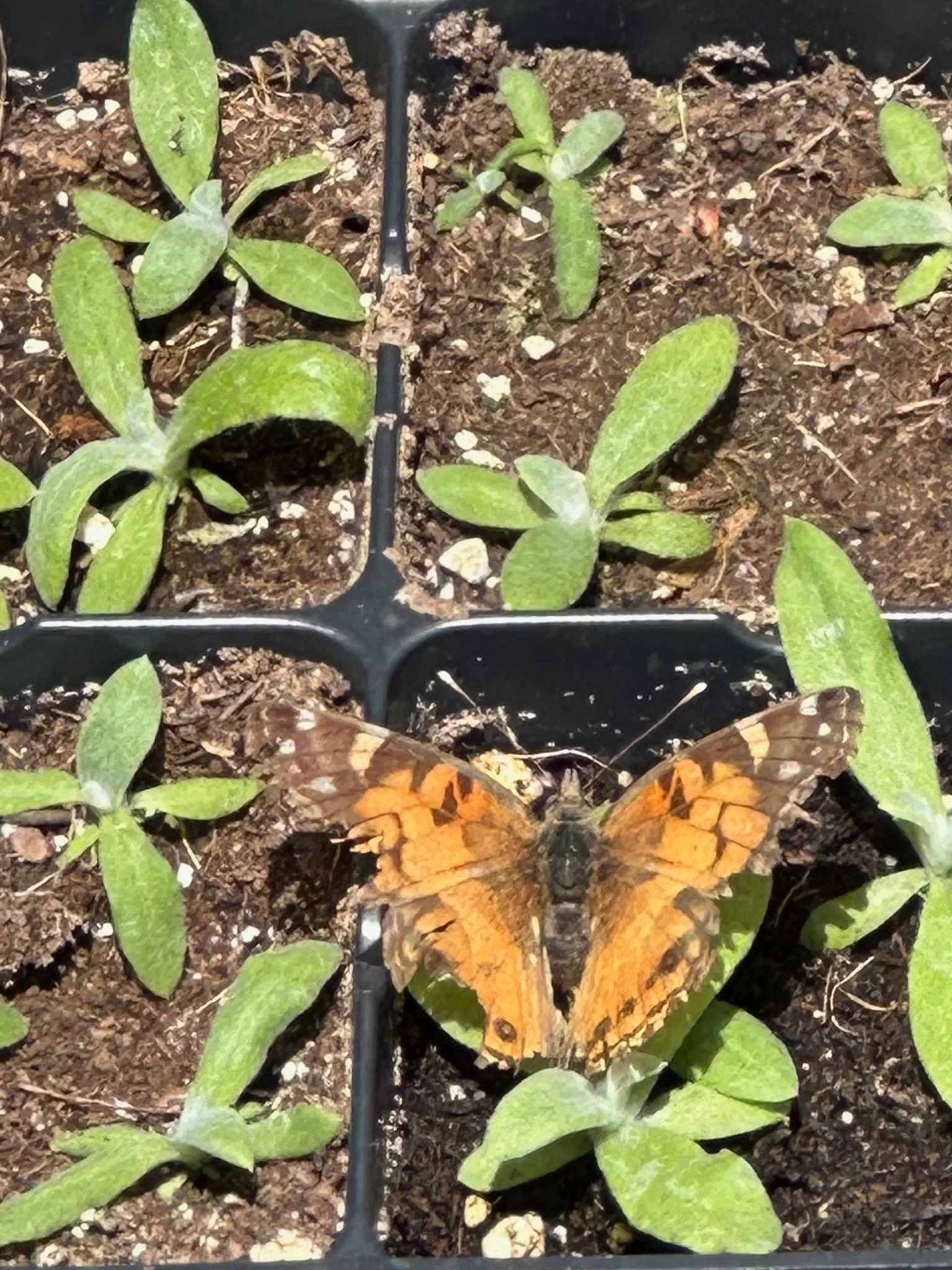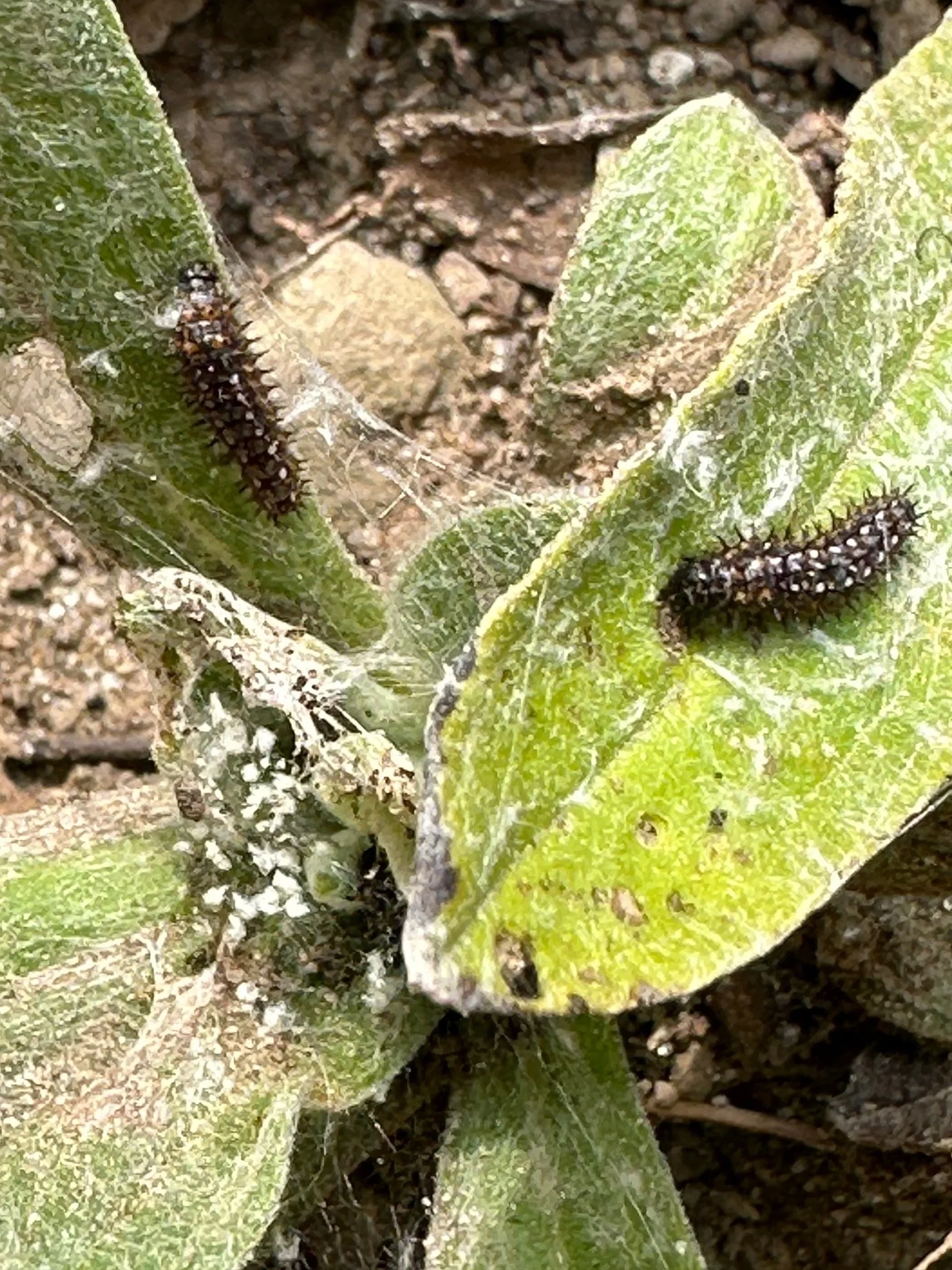Harden Off Your Plants
Seedlings need to be hardened off to prepare them for the harsher outdoor conditions they will face once transplanted from their sheltered indoor environments. This gradual process helps them adjust to variations in temperature, wind, and sunlight. Without hardening off, seedlings are more likely to suffer from shock and damage when moved outside, which can hinder their growth or even kill them.
By exposing seedlings to outdoor conditions for increasing periods over a week or two, you help them develop thicker cuticles, stronger stems, and more resilient root systems. This preparation enhances their chances of thriving in their new environment.
When hardening off plants, it's important to be mindful of a few key factors to ensure a smooth transition for your seedlings:
Gradual Exposure: Think of it as plant boot camp. Start by placing your seedlings outside for just a couple of hours each day. Gradually increase their outdoor time over a week or two, so they toughen up like tiny green soldiers.
Sunlight: Begin by placing seedlings in a shaded area to avoid direct sunlight, which can scorch their delicate leaves. Gradually introduce them to more sunlight each day. Watch for signs of too much sun exposure: white, yellow, or brown leaves (sunburn alert!), crispy leaves (extra-crispy), curling leaves (they're not doing yoga), and drooping plants (they've had enough). If your plants are wilting despite adequate watering, it's probably sun stress – not plant drama.
Wind: Protect seedlings from strong winds by placing them in a sheltered spot initially. Gradually expose them to breezes to help strengthen their stems. But beware – too much wind might snap their stems, and there's no plant cast for that.
Temperature: Be mindful of temperature fluctuations, especially at night. If temperatures drop too low, it's time to bring those babies inside. Think of it as a plant sleepover for the first few nights outside.
Watering: Keep an eye on moisture levels. Seedlings may dry out more quickly when exposed to outdoor conditions, so water them as needed to keep the soil moist but not waterlogged. But remember, wilting could mean sun stress, not just a thirst problem.
Pests: Watch out for pests and insects that may be more prevalent outdoors. Check seedlings regularly for any signs of damage or infestation. We love our pollinators, but when planting host plants for butterflies you may find them laying eggs too early and your seedlings get completely destroyed. Some plants may recover, but others won’t.



